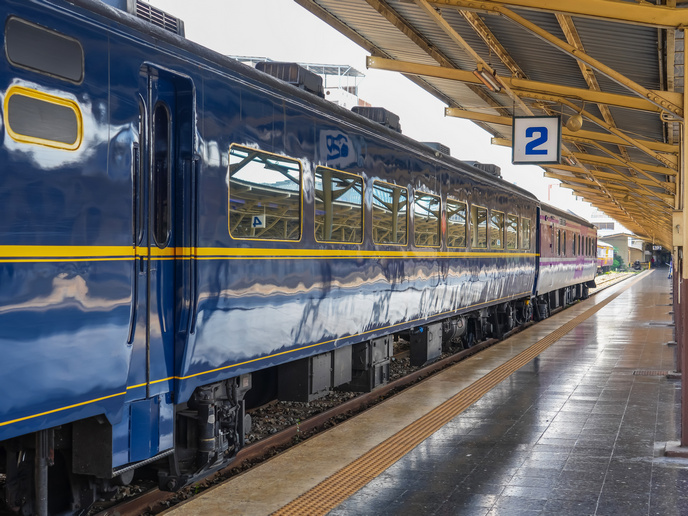Smart technologies improve safety in Europe’s rail industry
Europe’s rail industry is a critical infrastructure for both freight and passengers throughout the EU, yet it faces a series of challenges. Most railway work is carried out manually by workers or human-operated on-track machines (OTMs). Many of these tools are heavy, which can damage the human body over time. Musculoskeletal disorder affects up to 38 % of railway workers during their careers. Workers constantly face varying degrees of cognitive burden, undermining their work quality and productivity – and increasing the risk of accidents due to human errors. And as in many industries, an ageing workforce is an ongoing concern. In Greece, Italy and Spain, over 50 % of the workforce was over 50 years old in 2016, according to one report. Physically demanding occupations are unattractive to European youth. “This triplet of a rapidly ageing workforce, low interest in physically demanding work among the young, and the toll imposed by physically demanding occupations, pose a heavy challenge for the rail industry’s future,” explains Christian Di Natali(opens in new window), researcher in Advanced Robotics at the Italian Institute of Technology(opens in new window) and STREAM(opens in new window) project coordinator. In the EU-funded STREAM project, researchers developed new robotic technologies to alleviate these challenges. The STREAM project explored the operation of heavy machines such as excavators, and manual material handling. “STREAM’s main objective was to develop innovative technologies to improve rail inspection and maintenance operations to benefit the quality of operations and workers’ health, safety and dignity,” says Di Natali.
Developing autonomous technology
The STREAM project developed and evaluated three technologies. The first was an enhanced OTM with multipurpose autonomous device systems, the On-Track Autonomous Multi-Purpose Mobile Manipulator (OTA3M). The OTA3M was demonstrated to robotically supervise and automatise several current railway operations, and can manipulate heavy rail infrastructure components and materials, ranging from a few kilos to several tonnes, within a reach of several metres. “Our innovative idea was to develop control methods and toolboxes to convert any brand of hydraulic road-rail excavator into an autonomous on-track mobile robot,” notes Di Natali. The team also developed a modular multitasking-powered exoskeleton called StreamEXO. The StreamEXO can reduce musculoskeletal loading during manual handling tasks such as holding, lifting, pulling, pushing and carrying. It uses advanced proprioceptive solutions to supply on-demand mechanical power and can assist in multiple tasks and operations, detecting the user activity in real time. The third technology developed is an IoT network that allows data streaming for and from OTA3Ms and StreamEXOs on the worksite. The IoT network improves safety, allowing managers to control their workers and, in case of danger, alert both workers and supervisors of potential safety risks.
Bringing the technologies to market
Following successful trials, the team expects the new solutions to be on the market soon and is seeking deals with industry partners for commercial exploitation. “EU rail companies, moved by the curiosity of trying these technologies, should knock on our doors and invite us to demonstrate our technologies, such as the exoskeletons and the autonomous excavators,” says Di Natali. “These technologies could impact not only the industry through a reduction in economic waste, but also from a social point of view by improving the worker’s operational efficacy, health, quality of life, safety and dignity,” he adds.







